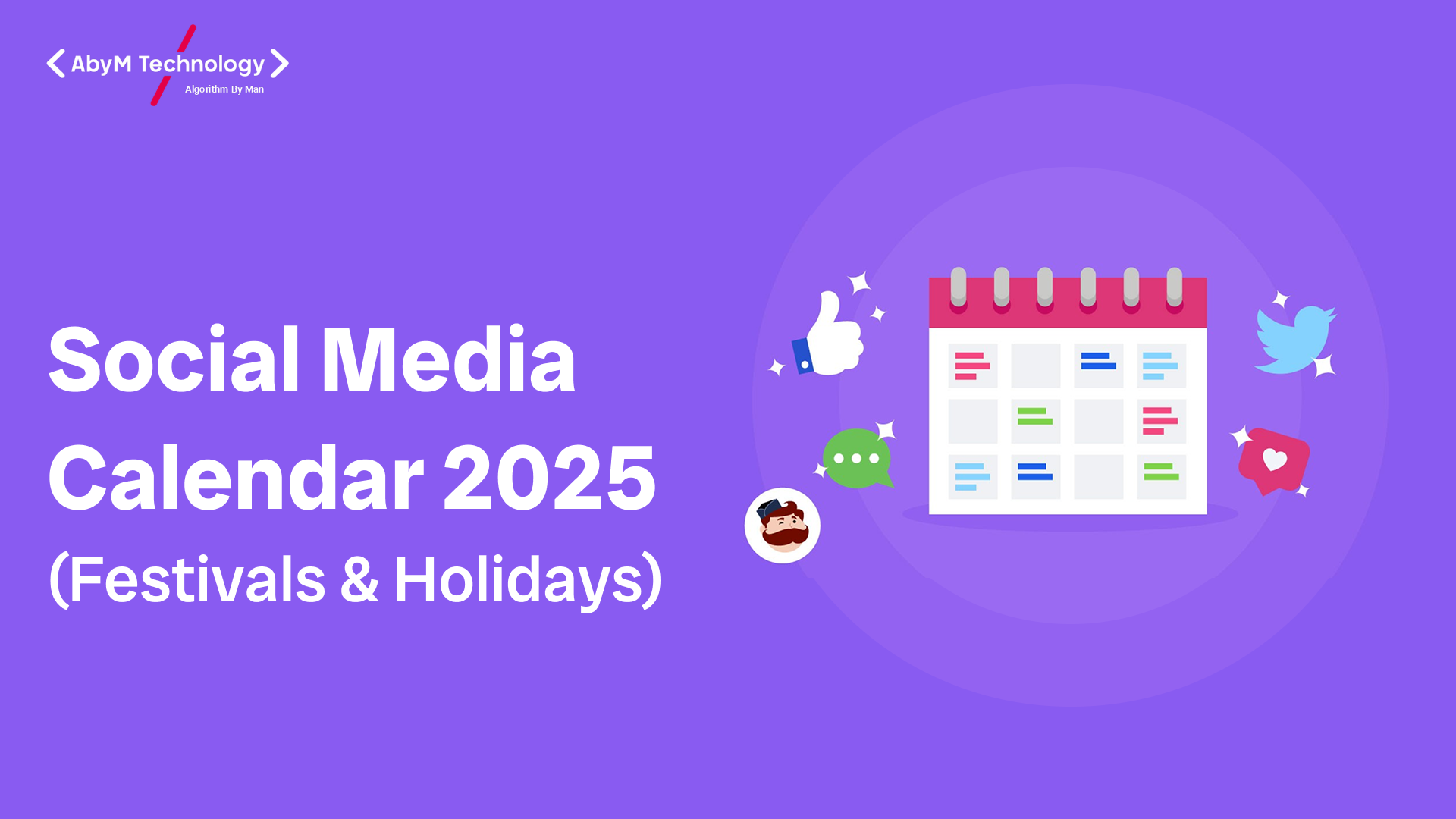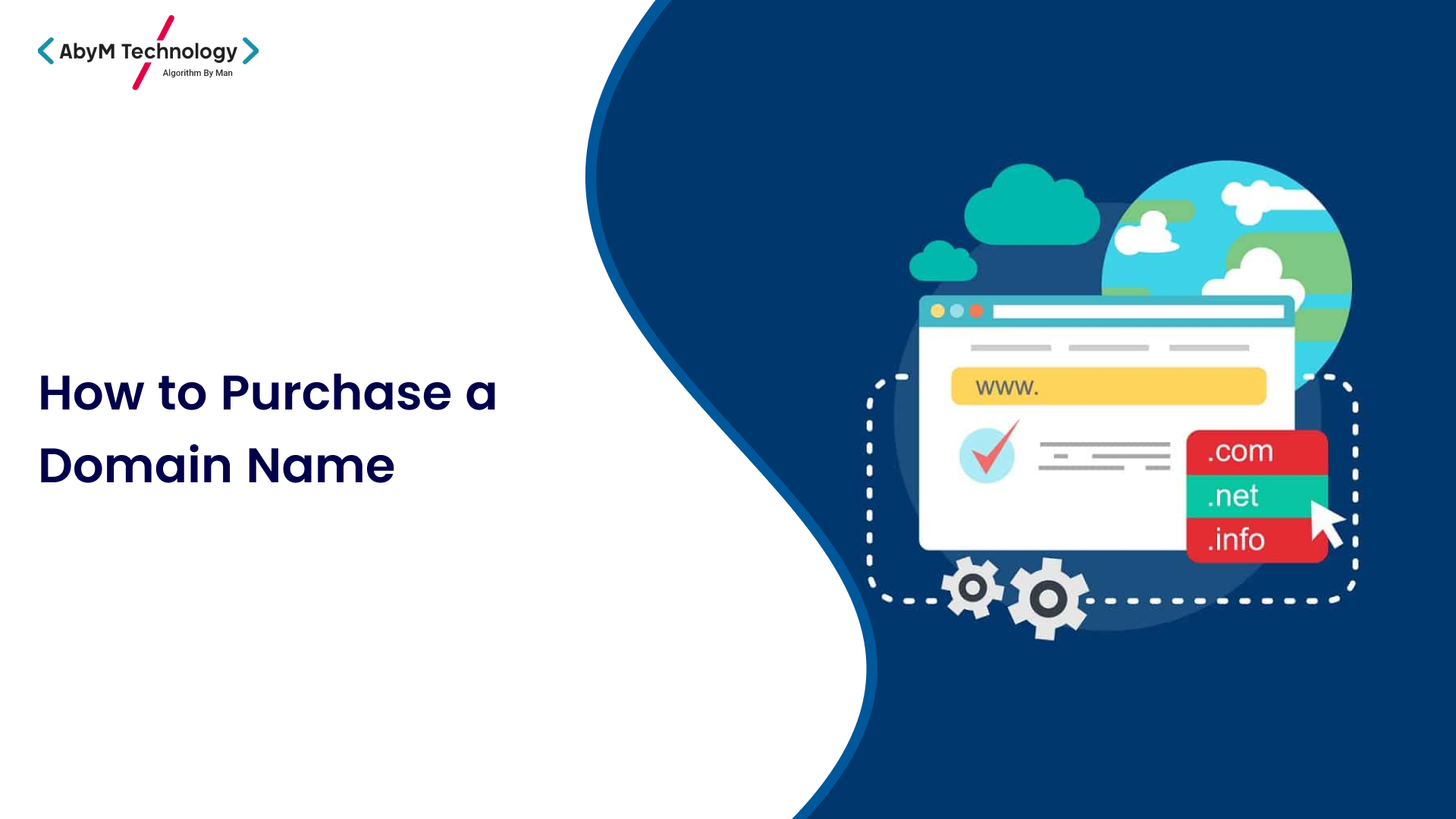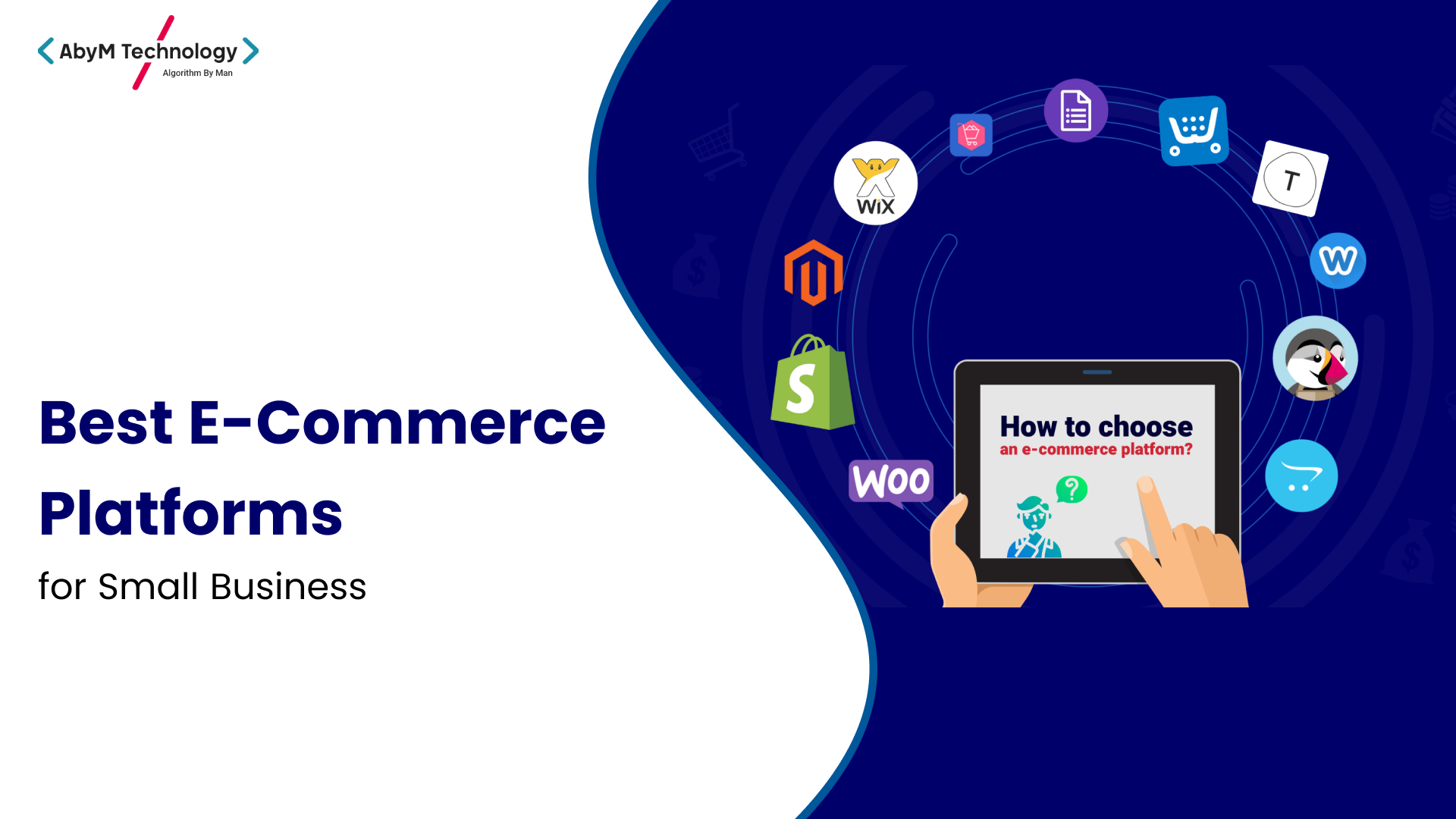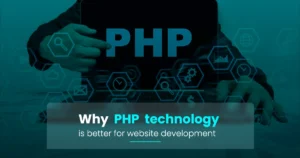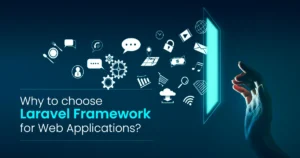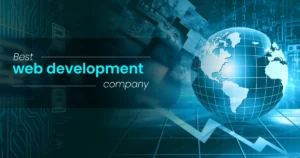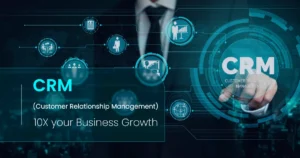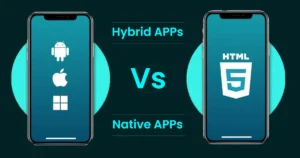How Much Does it Cost to Develop a Dating App
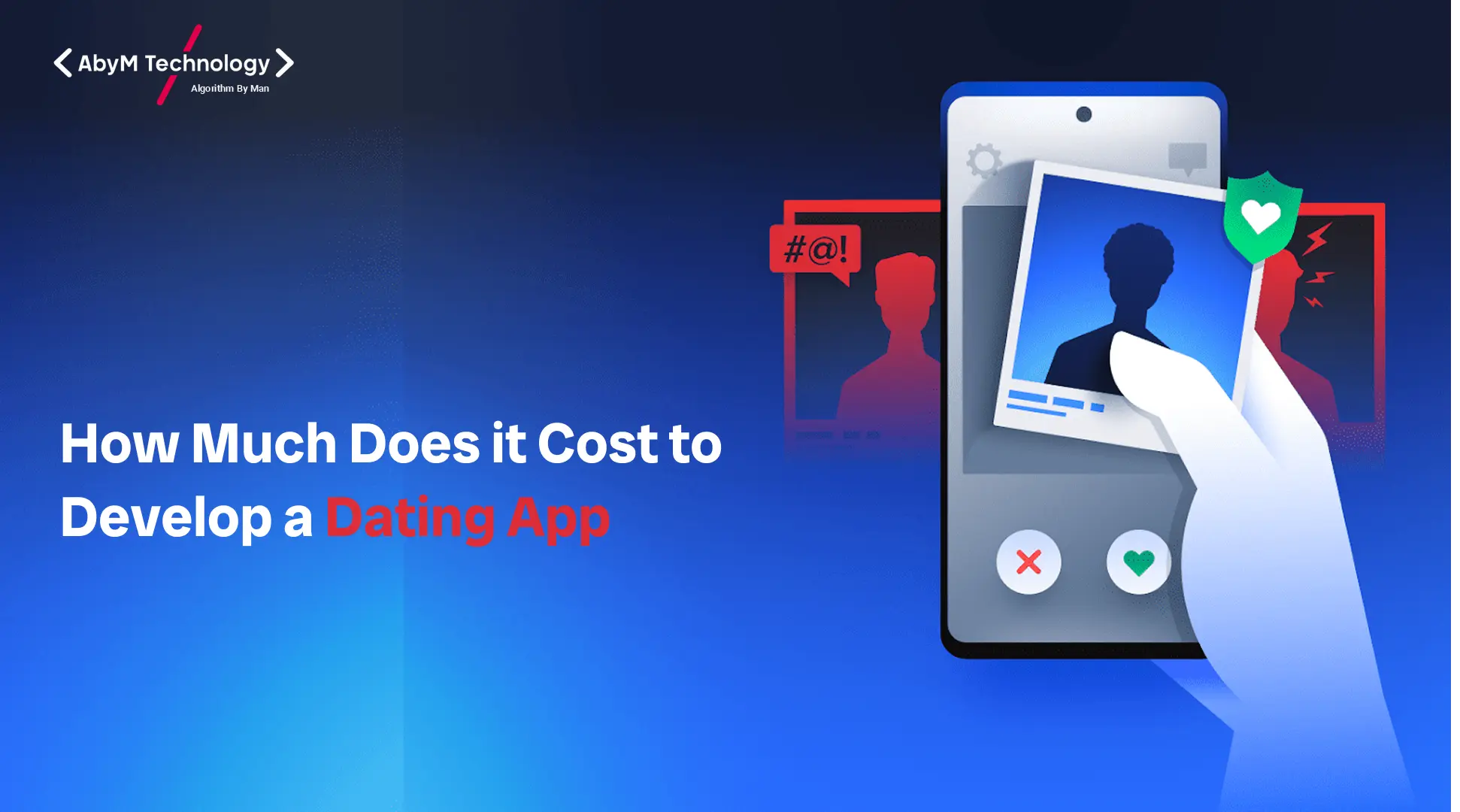
The online dating industry has evolved into a multi-billion-dollar market, with platforms like Tinder, Bumble, and Hinge leading the way. If you’re considering launching your own dating app, understanding the development costs is crucial. This comprehensive guide delves into the factors influencing dating app development costs, providing you with a clear picture to plan your budget effectively.
Average Cost to Build a Dating App
The cost of developing a dating app varies based on several factors, including the app’s complexity, features, and the development team’s location. Here’s a general breakdown:
- Basic Dating App: $20,000 – $40,000
- Moderate Complexity App: $40,000 – $80,000
- Advanced Dating App: $80,000 – $150,000+
These estimates encompass design, development, and initial testing phases. However, additional costs may arise during the maintenance and scaling stages.
Key Factors Influencing Development Costs
1. Features and Functionality
The complexity and number of features directly impact the development cost. Common features include:
User Profiles: Basic information, photos, and preferences.
- Matching Algorithms: Simple filters to advanced AI-based suggestions.
- Messaging Systems: Text, voice, and video chat capabilities.
- Geolocation Services: To find nearby users.
- Push Notifications: For user engagement.
- Subscription Models: In-app purchases and premium memberships.
Integrating advanced features like AI matchmaking, video calls, or augmented reality can significantly increase costs.
2. Platform Choice
Deciding between iOS, Android, or both affects the development approach and cost:
- Native Development: Separate codebases for each platform, leading to higher costs.
- Cross-Platform Development: Single codebase for both platforms, reducing expenses.
Cross-platform frameworks like React Native or Flutter can be cost-effective, but may have limitations in accessing device-specific features.
3. Design and User Experience
A well-designed app enhances user engagement. Investing in intuitive UI/UX design is essential but adds to the cost. Complex animations, custom graphics, and user journey mapping contribute to higher design expenses.
4. Development Team Location
The geographical location of your development team influences hourly rates:
- North America: $100 – $150/hour
- Western Europe: $80 – $120/hour
- Eastern Europe: $40 – $80/hour
- Asia (e.g., India): $25 – $50/hour
Outsourcing to regions with lower hourly rates can reduce costs but may introduce challenges in communication and time zone differences.
5. Third-Party Integrations
Integrating third-party services for features like payment gateways (e.g., Stripe), geolocation (e.g., Google Maps), or social media logins adds to the development cost. While these integrations save time, they may involve licensing fees and additional development work.
6. Maintenance and Updates
Post-launch maintenance is crucial for app performance and user retention. Ongoing costs include:
- Bug Fixes: Addressing issues reported by users.
- Feature Updates: Adding new functionalities based on user feedback.
- Server Costs: Hosting and data storage expenses.
- Security Enhancements: Implementing measures to protect user data
Typically, maintenance costs range from 15% to 20% of the initial development cost annually.
Development Stages and Associated Costs
Understanding the development lifecycle helps in budgeting effectively. Here’s a typical breakdown:
1. Planning and Research (5–10% of total cost)
This phase involves market research, defining target audiences, and outlining the app’s features and functionalities.
2. Design (15–20%)
UI/UX designers create wireframes, prototypes, and the final design, focusing on user experience and interface aesthetics
3. Development (50–60%)
Developers build the app’s frontend and backend, integrating necessary features and ensuring functionality across platforms.
4. Testing (10–15%)
Quality assurance teams conduct various tests to identify and fix bugs, ensuring the app’s stability and performance.
5. Launch and Maintenance (5–10%)
After deployment, the app requires ongoing updates, bug fixes, and user support to maintain its relevance and functionality.
Tips to Optimize Development Costs
- Start with an MVP: Develop a Minimum Viable Product with core features to test the market before investing heavily.
- Outsource Wisely: Consider outsourcing to regions with skilled developers at competitive rates, but ensure effective communication channels.
- Prioritize Features: Focus on essential features that align with your app’s value proposition to avoid unnecessary expenses.
- Use Open-Source Tools: Leverage open-source libraries and frameworks to reduce development time and costs.
- Plan for Scalability: Design the app architecture to accommodate future growth and additional features without significant overhauls.
Conclusion
Developing a dating app in 2025 involves careful planning, a clear understanding of costs, and strategic decision-making. By considering factors like features, platform choice, design, and development team location, you can estimate the costs and plan your budget effectively. Remember, while initial costs are important, investing in quality development and user experience can lead to long-term success and profitability in the competitive dating app market.For more insights into the dating app development process, consider exploring resources from industry leaders like Twinr, Moon Technolabs, and Purrweb. These platforms offer detailed guides and case studies to help you navigate the complexities of app development.


